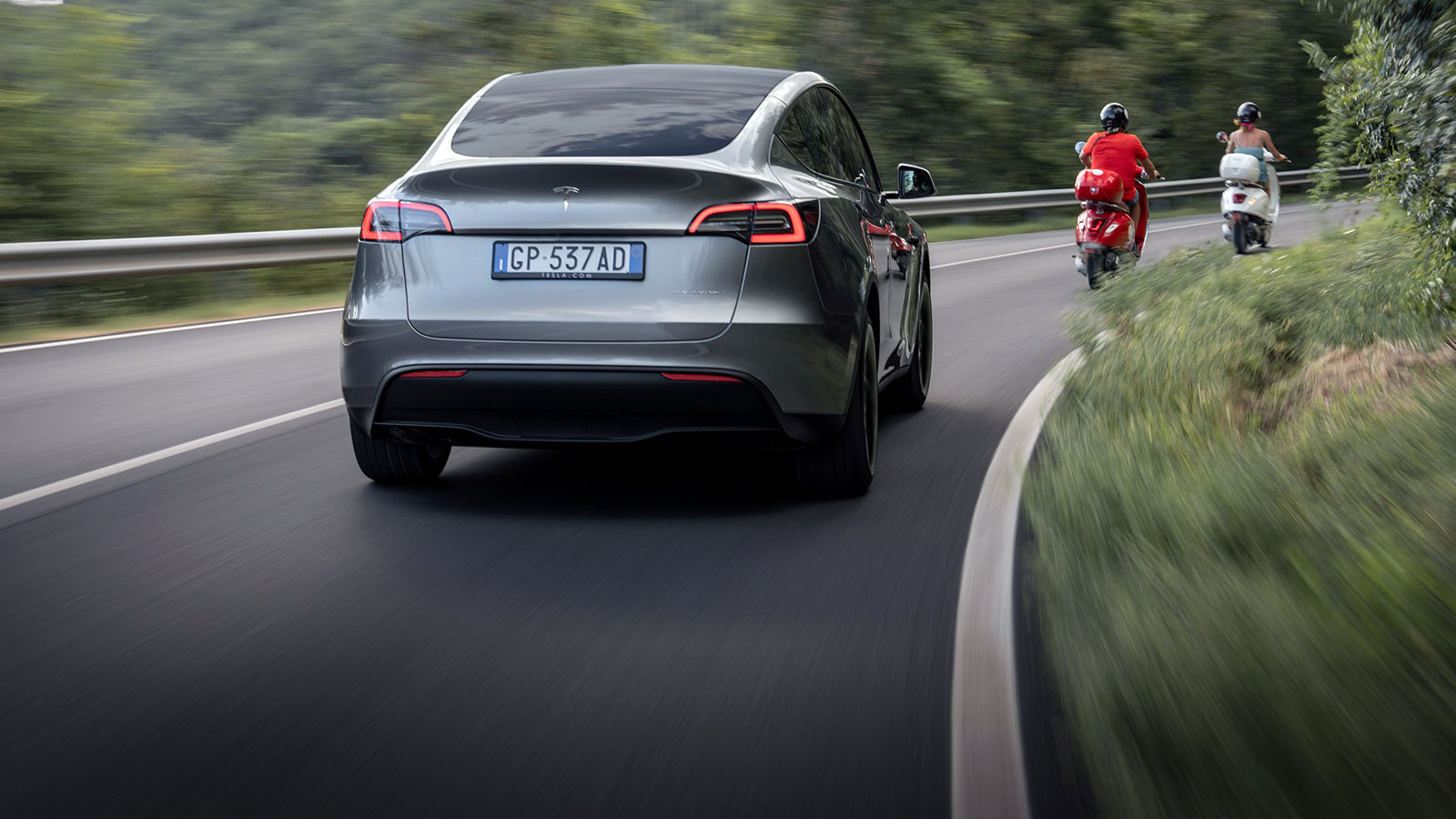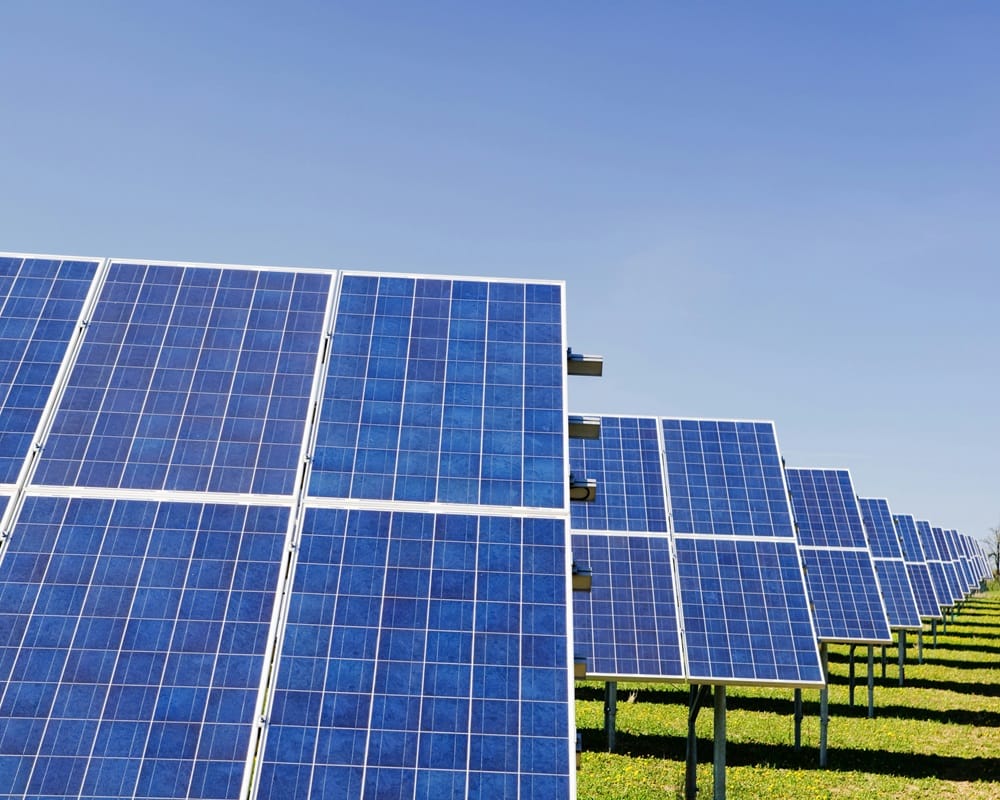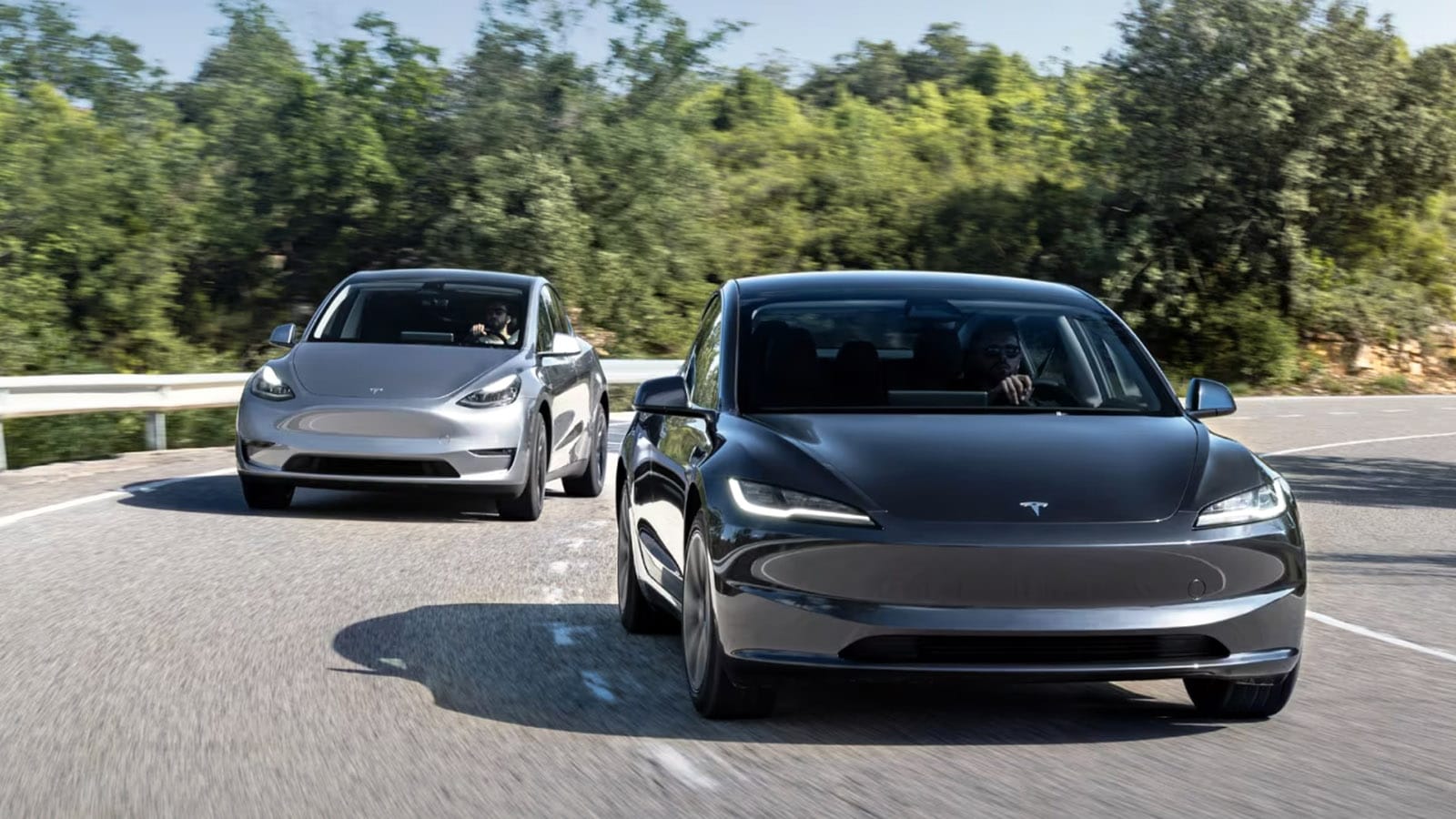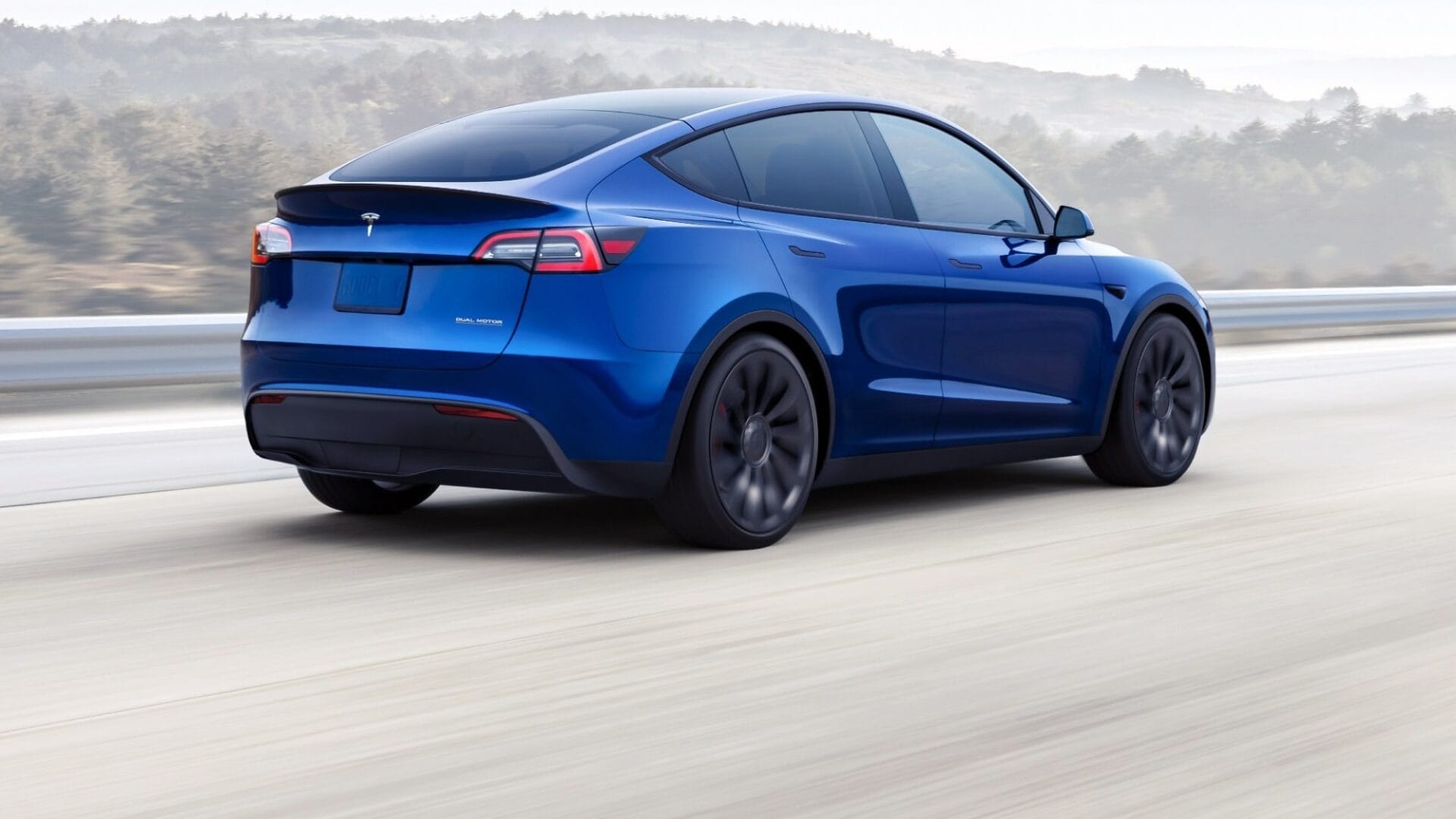Instead of spending $200 million each month on direct tax credits that make electric vehicles cheaper, the government might be using that money to buy raw materials for batteries. Tesla plans to do this with the first lithium refinery in America.
Tesla’s Progress
Tesla has just processed its first sustainably sourced raw material in its Gulf Coast refinery, aiming to have it fully operational by 2025, as they promised. Interestingly, Trump’s transportation transition team is working on laws for self-driving vehicles that could help Tesla’s Robotaxi rollout. At the same time, they may shift the $7,500 tax credit for the Model Y towards projects like Tesla’s refinery.
Government Funding Changes
The transition team has labeled materials like lithium and rare earth minerals as “critical to defense production” in a leaked document, which is different from the focus on regular electric vehicles or charging points. Biden’s Inflation Reduction Act includes $7.5 billion for building charging infrastructure and also offers a $7,500 direct tax credit, with Tesla’s Model Y being the main recipient. This funding could change if a new administration comes into power.
This shift could mean that future buyers of Tesla’s Model Y Juniper refresh may not benefit from the same tax credit that current owners received.
Future Implications
Trump’s team believes that the main focus of government funding should be on securing the supply chain for battery materials, not on EV subsidies, citing studies by the Defense Department that highlight the importance of this for national security. The Inflation Reduction Act does have a part that supports local battery production, but only vehicles with US-made battery packs are eligible for it, so it’s uncertain if this funding will remain.
Moreover, the Trump administration is getting ready to revert emission and fuel economy standards for gasoline cars to the levels of 2019 and to prohibit government mandates for electric vehicles. This could create more challenges for automakers like Tesla. A spokesperson for the transition team stated, “When President Trump takes office, he will support the auto industry, providing space for both gas-powered and electric vehicles.”
Source: Link




